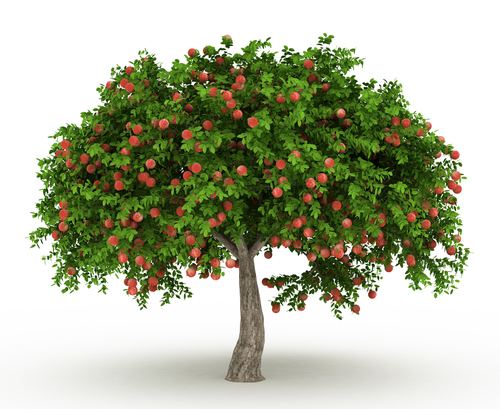Classification Glycoside | ||
 | ||
Appearance White to yellow crystalline solid | ||
Medical vocabulary what does lactase phlorizin hydrolase mean
Phlorizin (also referred to as phloridzin; chemical name phloretin-2'-β--glucopyranoside) is a glucoside of phloretin, a dihydrochalcone, a family of bicyclic flavonoids, which in turn is a subgroup in the diverse phenylpropanoid synthesis pathway in plants.
Contents
- Medical vocabulary what does lactase phlorizin hydrolase mean
- How to say phlorizin high quality voices
- Occurrence
- Properties
- Pharmacology
- References
How to say phlorizin high quality voices
Occurrence
Phlorizin is a naturally occurring flavonoid produced in some plants. It is found primarily in Malus (apple) species although trace amounts exist in other plants. In Malus, it is most abundant in vegetative tissues (such as leaves and bark) and seeds. Closely related species, such as pear (Pyrus communis), cherry, and other fruit trees in the Rosaceae do not contain phloridzin. Trace amounts have been reported in strawberry. Phloridzin is a phytochemical that belongs to the class of polyphenols. In natural sources, it may occur with other polyphenols such as quercetin, catechin, epicatechin, procyanidins, and rutin.
Properties
Phlorizin is a white to yellow crystalline solid with a melting point of 106–109 °C. It is of sweet taste and contains four molecules of water in the crystal. Above 200 °C, it decomposes. It is poorly soluble in ether and cold water, but soluble in ethanol and hot water. Upon prolonged exposure to aqueous solutions phlorizin hydrolyzes to phloretin and glucose.
Pharmacology
Phlorizin is a competitive inhibitor of SGLT1 and SGLT2 because it competes with D-glucose for binding to the carrier; this reduces renal glucose transport, lowering the amount of glucose in the blood. Phlorizin was studied as a potential pharmaceutical treatment for type 2 diabetes, but has since been superseded by more selective and more promising synthetic analogs, such as canagliflozin and dapagliflozin. Phlorizin is not an effective drug because when orally consumed, it is nearly entirely converted into phloretin by hydrolytic enzymes in the small intestine.
